E2S presents hazardous area integrated warning device assemblies at OTC 2020
March 3, 2020 12:58 pm
E2S Warning Signals is featuring its new range of integrated signalling assemblies at Offshore Technology Conference (OTC) that is being held from 4th to 7th May 2020 at Ohio, US. Providing system designers and installers with pre-configured solutions, the new E2S range eliminates the cost of on-site assembly operations whilst guaranteeing that the connections and cabling between devices meet the relevant hazardous area approval requirements and ensuring that all signals are fully tested and certified.
Class I/II Div 1 and IECEx/ATEX Zone 1/21 approved signals are available in multiple configurations of up to seven devices. High-power LED or Xenon beacons (or a mix of technologies) from the D1x marine grade aluminium, the GNEx corrosion proof GRP and the STEx 316L stainless steel families can be assembled to give a solution for any environment. Each device is sealed with a line bushing, and the integral cable loom providing one single point of installation either in the last beacon or optionally in a junction box. Lens colours include amber, blue, clear, green, magenta, red, and yellow. For complete audio-visual signalling, the assembly can also include a multi-stage high output alarm horn with a traditional flare horn or the innovative E2S omni-directional horn.
For applications where system extend into safe areas, or for industrial applications, E2S can provide similar multi-way units such as the STA alarm horn with strobe or LED combination and the STB Xenon and LED beacon assemblies.
Also featured is the new Haz. Loc. D2xB1LD3 LED beacon, which at 82.1cd is the brightest UL1971 compliant visual emergency signalling device from any manufacturer for use in a public mode fire alarm installation in hazardous areas. For complete audio-visual warning signalling, the D2xB1LD3 can be combined with a D2xS1 alarm horn sounder with an audible output up to 116 dB (A), 64 embedded alarm tones and four remotely selectable stages/channels to create the D2xC2LD3 combination signal.
Cookie Consent
We use cookies to personalize your experience. By continuing to visit this website you agree to our Terms & Conditions, Privacy Policy and Cookie Policy.



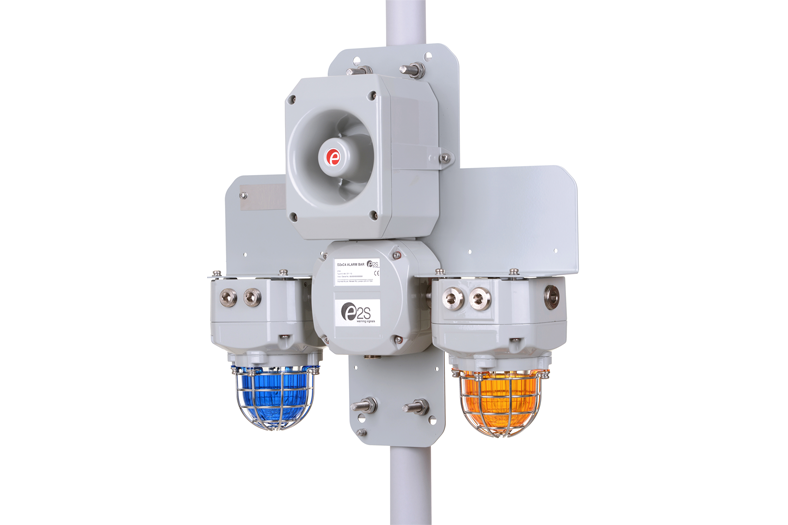
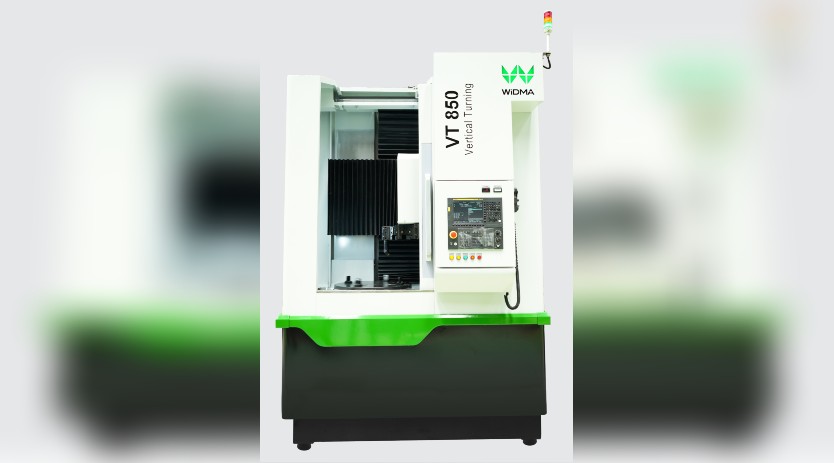


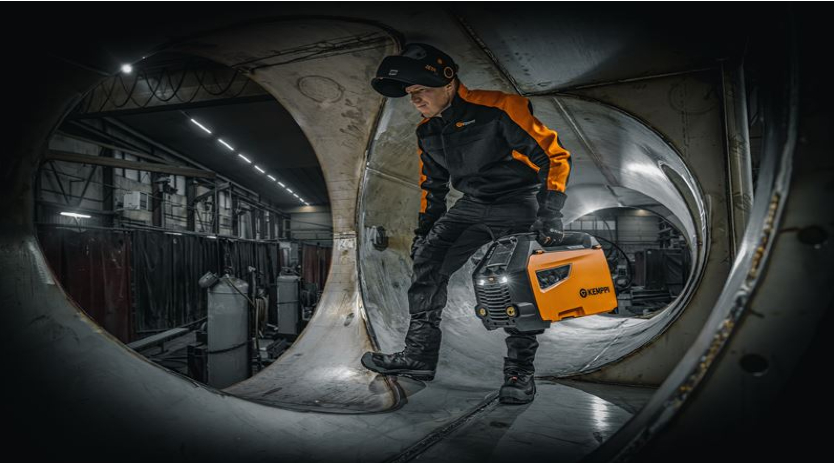
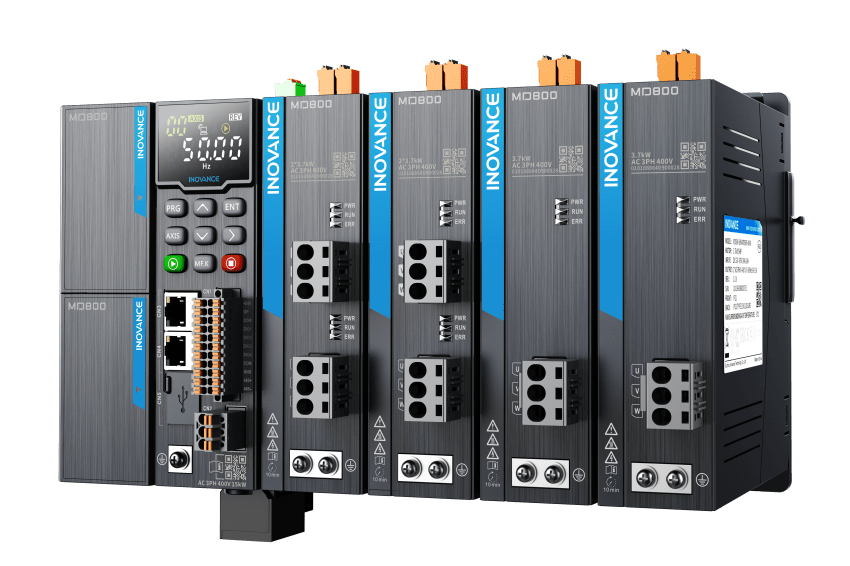
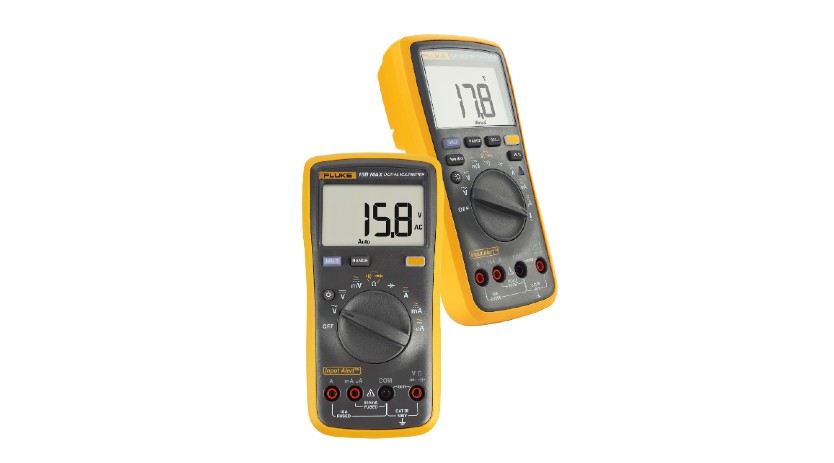
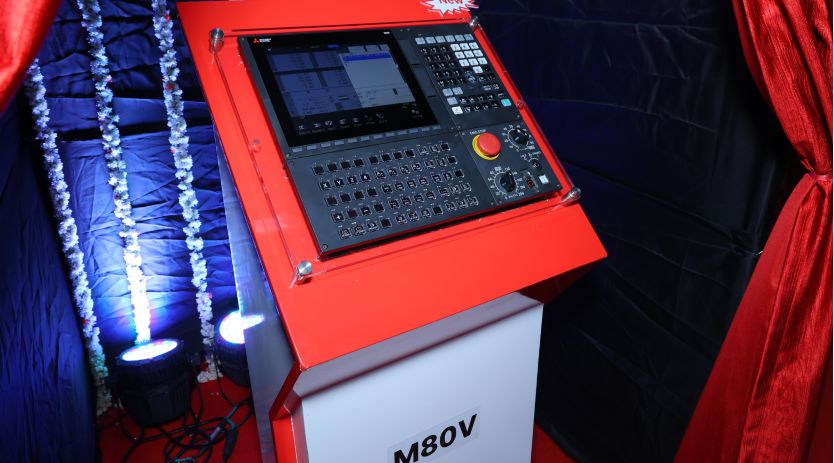


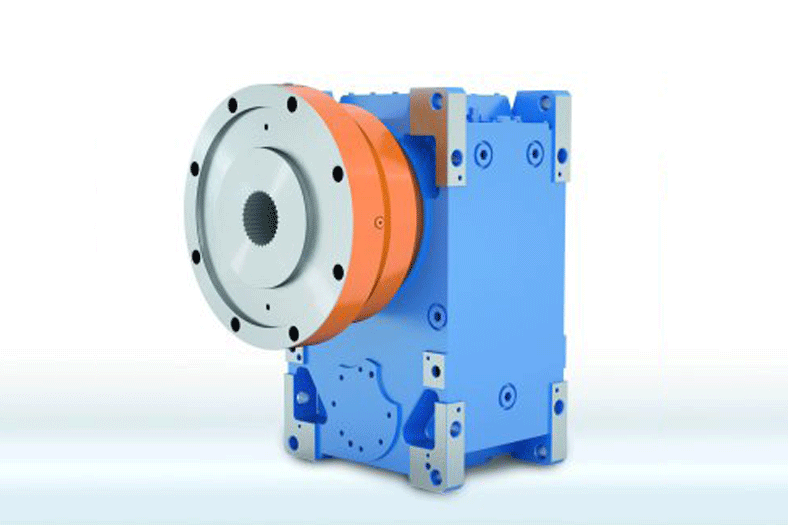





 English
English Hindi
Hindi